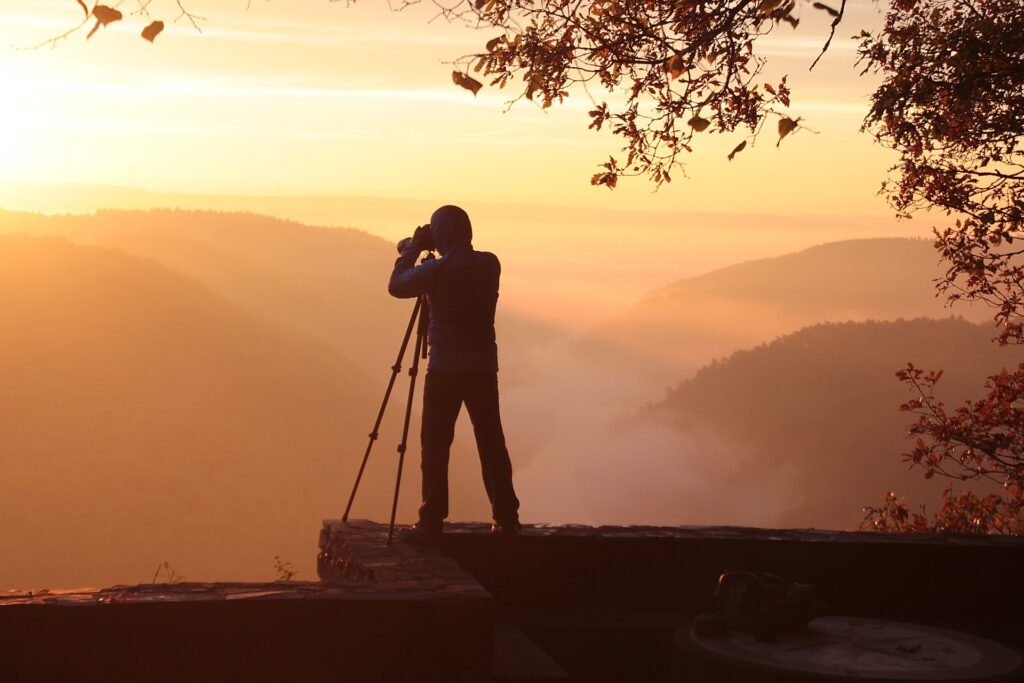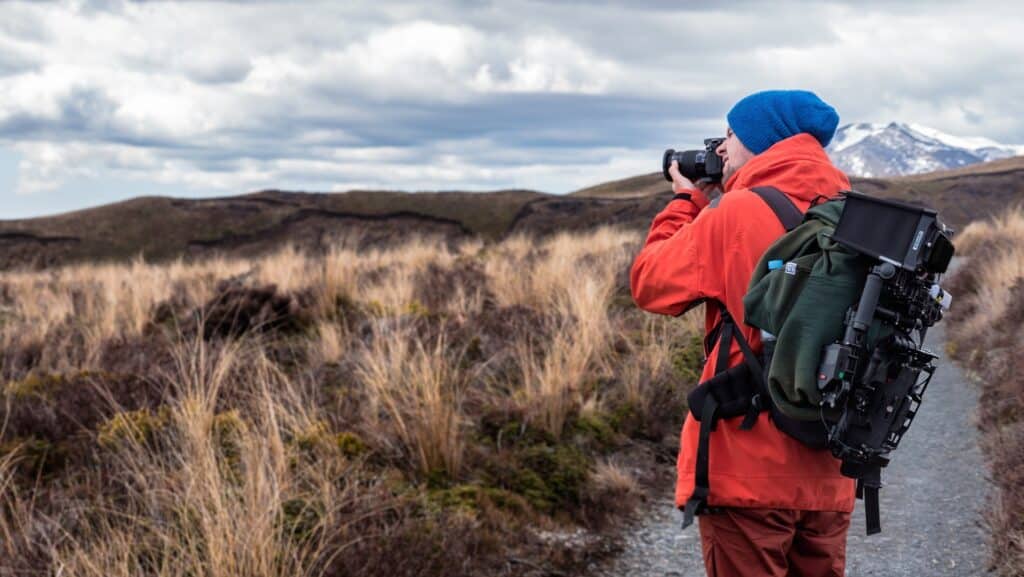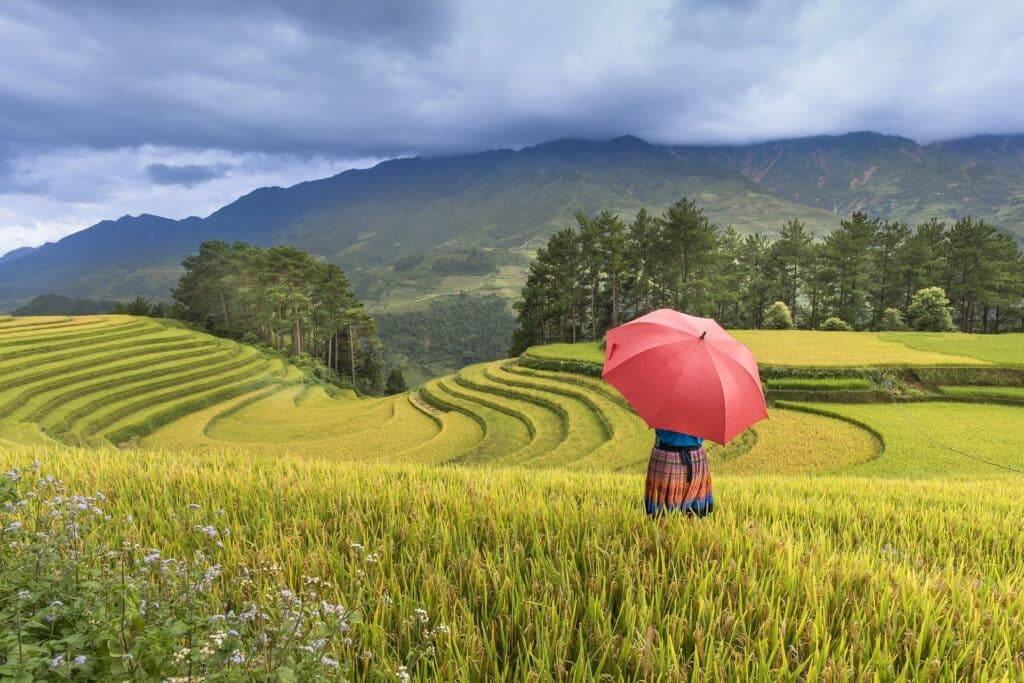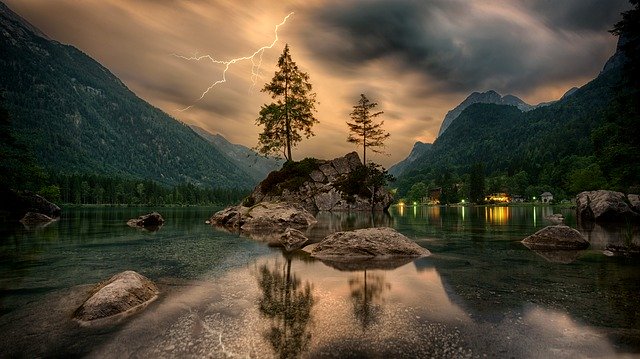When you purchase through links on our site, we may earn an affiliate commission. Here’s how it works.
What is Landscape Photography
Have you ever seen a splendid landscape photo on the internet or magazine and questioned, “How did they capture that shot?” Or have you found yourself scrolling endlessly photos while surfing on social media thinking, “I wish I could take such amazing shots?”
This is the reason you are here, isn’t it? You want to know how to take magnificent landscape photos that inspire other people.
Landscape photography can be a tricky thing to define.

Landscape Photography Tips – tips
What Is Landscape Photography?
Landscape photography captures the huge space of land but that should be more significant to nature or cityscapes.
This is the art of taking photos of mother nature and the outdoors in a way that brings your observer into the scene.
When you capture the never-ending space of nature or cityscape that comes under landscape photography.
Best Cameras for Landscape Photography
In certain types of photography where you can capture images without any professional cameras but landscape photography is not one of them.
You need to have a good professional camera to get sharp, clear, and amazing landscapes shots. There are 2 types of ideal cameras DSLR & Mirrorless to take landscape shots.

Landscape Photography Tips – Best Cameras for Landscape Photography
- Mirrorless and DSLR are ideal cameras for landscape photography that provides extra camera settings, which opens the endless possibilities of creating professional-looking photos.
- Mirrorless and DSLR cameras also give the feasibility to change lenses for certain types of photography.
- For comprehensive landscape images, like valleys and caves, go with a wide-angle lens like Nikon’s 14-24mm.
- For more detailed and close-up images, don’t be afraid to use a zoom lens or telephoto lens, like Canon’s 70-200mm.
- Play with different focal lengths to see how the same view can render in different ways.
While smartphones cameras have improved extremely in the last couple of years but they are not capable of giving perfect landscape photography pictures.
Best Lenses for Landscape Photography
While shooting landscape photography, you need a professional camera along with good-quality lenses. In such type of photography, you need to have wide-angle or ultra-wide-angle lenses to get crisp shots of the landscape.
Here are the resources for brand-specific best lenses for landscape photography;
This is a must-have for landscape photography to capture vast spaces of land effortlessly. These ultra-wide lenses allow you to cover endless spaces of nature or cityscapes.
There are plenty of wide-angle lenses available in the market so before choosing the right one, please do some research on which type of lens is appropriate for you.
5 Landscape Photography Tips
Here are 5 of the box tips to help you with landscape photography.
1. Depth of Field
The depth of field is an essential section of every photo in landscape photography.
Some images need less depth of field to place more highlight on a single element of the scene but landscape photography determines the font and background of an image should come in focus.
Classics landscape photography has a comprehensive depth of field to focus on every object in the images.

landscape photography tips – depth of field
2. Best Friend Tripod
A sturdy tripod is a landscape photographer’s best friend because it helps to stabilize the camera to take outstanding shots without any blurriness.
A professional tripod will be very costly but the end of your photos will show the perfect outcome.
A tripod is perfect in low-light conditions or during night photography, as the stability allows you to lesser the shutter speed without sacrificing ISO, or grain.
It also helps to play angles and perspectives depending on the landscapes.
3. Golden Hours
The time of day around sunrise and sunset refers to Golden Hours. Most photographers do landscape photography in this time frame to get amazing shots of nature or cityscapes.
The golden hour is the best time for landscape photography because the sun is near the skyline, and sunlight has to travel through more of the atmosphere, dropping the power of direct sunlight.
Light changes very fast during this time so Photographers should be active and in the right place to take the perfect shots.

Landscape Photography Tips – golden hours
4. Immediate Foreground Interest
Whenever we take landscape shots generally focus on the background or middle ground objects and skip the foreground objects that make our photos less interesting.
Immediate foreground interest is an essential part of landscape photography because it helps to introduce your photos.
Always make sure your foreground always has objects or leading lines to make your photos interesting.

landscape photography tips – foreground
5. Never Skip Background
The background should help unite and tie together the other two layers. Never leave the sky in your landscape shots.
The foreground element allows the viewer to introduce the image. The middle ground adds a factor that holds the viewer’s attention.
The first 2 layers should lead the viewer to the background element to complete the image. Background completes the photograph and when you are taking landscape shots it becomes more vital.

landscape photography tips – background
See Also